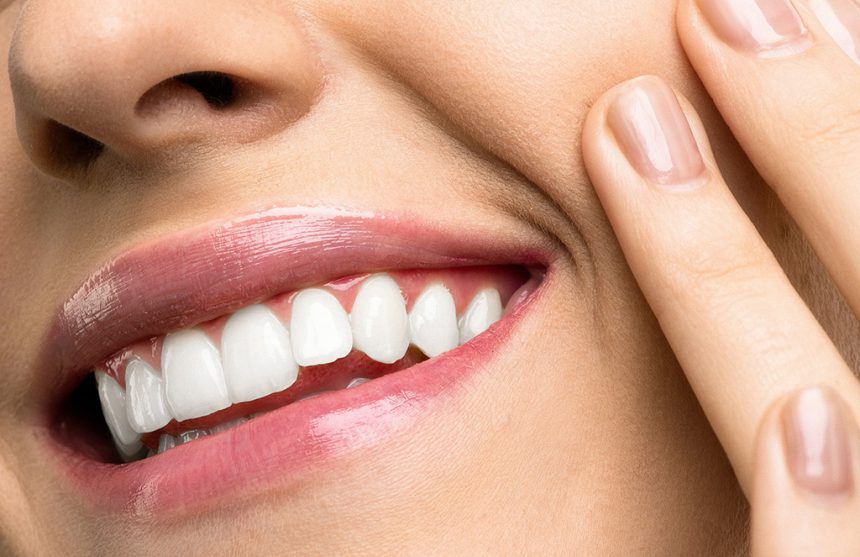Porcelain fillings are fillings prepared in the laboratory (indirect method) with superior aesthetics and durability. Compared to composite fillings, it is much better compatible with the teeth they are applied to and neighboring teeth. This feature is due to the fact that the filling is prepared in the laboratory environment by indirect method outside the mouth. After the broken, rotten or old filled part of the tooth is removed, the measurement of the remaining solid part is taken and sent to the laboratory. The model, prepared with a sensitive technology in the laboratory environment, is taken into the special IPS machine and fillings with excellent aesthetics and function are obtained.
IPS porcelain (Leucide reinforced pressable porcelain) fillings are the most suitable material for dental tissue among the oral restoration materials available in the world. It is the best alternative to porcelain-ceramic coating. Because in the Inley-Onley filling method, healthy dental tissue in the mouth is not touched. Maximum retention is achieved with minimum loss of substance. The edge leakage is minimal since they are made of a special compressed porcelain and are not hardened in the mouth (This prevents under-fill caries-secondary caries).
In addition, these porcelains are the materials closest to the hardness of the tooth and the most compatible with the gums. Since its hardness is very close to the enamel tissue of the tooth, it does not corrode teeth like other porcelains, and does not wear like composite fillings. For large material losses, composite filling or crowns (coating) should be preferred. In teeth with excessive substance loss, especially canal treatment, lost parts of the tooth can be replaced with porcelain onlays by using adhesive bonding systems.


Advantages:
- Like the crown coatings we know, the tooth is not cut and prevents loss of substance in the tooth. Only the bruise is removed. With the tissue remaining in the tooth, the missing part (inlay-onley) completed in the laboratory is in close relationship like a key-lock.
- They do not change color over time; because they are made of porcelain, they do not stick to the substances that give color.
- Due to their strong structure, they protect the tooth against vertical forces coming to the tooth.
- Like amalgam fillings, they do not cause aesthetic loss in the tooth. They have a natural appearance. They can be made in the color of your teeth.
- It only takes 2 sessions to get it done.
- Food scraps do not stick because their surfaces are polished. Therefore, they are more hygienic.
- Since they are porcelain, there is no shrinkage that we call “polymerization shrinkage” that can be seen in composite fillings after gluing and there are no sensitivities that may occur on the teeth, and no recurrent caries occur.
Composite Inlay – Onlay Fillings

They are prepared from composite material outside the mouth and applied to the tooth. After removing the broken or carious part of the tooth, the gap formed is taken and the filling is prepared with the help of this model. The prepared filling is applied to the tooth with special adhesives (adhesive). Composite inlay-onlays can be used in cavities that are too large to be applied normally (directly in the method-surgery). Since they harden outside the mouth, shrinkage problems are few; but still they are not as durable and aesthetic as porcelain fillings. They can be preferred especially because they are economical compared to ceramic inlays.

